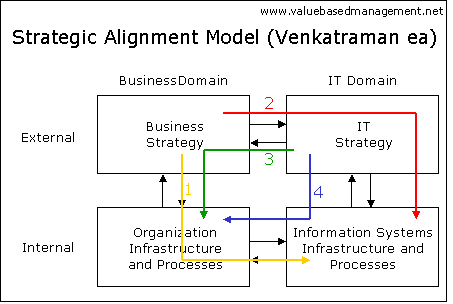
So a while back Beth Kanter asked me to write a "resource rich" post about how to use LinkedIn and I have been trying to come up with something very clever to say. But I just realized that I dont need clever when direct and simple will work better.
We are all spending time building our personal networks and at work we may spend time building our organization's network, but are we spending anytime growing our own career and brand as many like to call it (like Dan Schwabel in Me 2.0 or many other bloggers)?
LinkedIn is a professional network with a low entry point of time commitment, clean interface with a clear purpose of helping you be successful in your career or business.
Lets face it, at one point or another all of us will be looking for a job, looking to hire someone or trying to make a business connection, so why wait until the need smacks you in the face, get LinkedIn. So build your professional network now.
Here are some creative ways I would suggest using LinkedIn.
Who Is Steve Heye?
View more OpenOffice presentations from Steve Heye.
- Install the Slideshare or Google presentation app and create a powerpoint that shows who you are
- Install the box.net files and upload some samples of work you are allowed to share
- Post your volunteer experience
- Keep in touch with your orgs staff alumni (create a group)
- Make sure someone checks your company's profile to add details and information about your organization
And beyond that, if you work for a nonprofit, job recruiting can be even tougher. So you need to take advantage of every opportunity to share who works at your organization and why they love it. You should encourage all of your staff at your nonprofit to join LinkedIn in my opinion. Many people have a Facebook or other personal socialnetworking page, but how many have something to represent themselves professionally ? Do your staff even understand the difference? As nonprofits dont we have some sort of duty to equip our staff to grow their career, even if they leave our organization? (see my powerpoint on this)
OK, so that was too many random thoughts, here is the direct portion followed by some AWESOME resources:
Dan Schwabel in the book Me 2.0 offers this advice for Linked In.
1. Craft your profile (my thoughts=Spend time filling in all areas and think through how you want to be seen. Pick a focus for who you are, dont try to list everything.)
2. Start and expand your network (my thoughts= use the tools to find colleagues from past jobs, import your contacts from your email, join some groups, look at your friends list of contacts to recruit more. Then spend time setting up groups and organize your contacts. Then everytime you go to an event or meet people, connect with them on LinkedIn.)
3. Control your Google results
4. Ask for Advice (my thoughts= Dont just ask for advice, be a giver, answer some questions.)
5. Get Recommendations (my thoughts= Recommed other people. Dont just spam and ask everyone to recommend you, ask people who will take the time to post a well written, thoughtful recommendation. And maybe seek out those people who are influential.)
6. Search Jobs
Here are some great resources:
- Great collection of article post from Aleesa Brauer for job seekers
- Good post from Guy Kawasaki on using LinkedIn on ways to use it better
- A comprehensive set of resources gathered by iig insights group
- Mashable talks about getting the most from LinkedIn (how can you not mention Mashable?)
- Few more links on my delicious
What I see missing from all of these is how to use this as a nonprofit to fight for a cause, but I think that is the point here. We have to balance which tools we use to promote ourselves, our organization and our cause. Maybe this isnt the best place to promote a cause, but it might be good to find AWESOME staff or stay connected with other professionals as individuals and orgs.



